Earlier this week, Tate Modern’s current exhibition ‘Henri Matisse: The Cut-Outs’ (until 7 September) was broadcast live to 200 UK cinemas. A first for the London museum, the screening follows in the footsteps of popular live broadcasts from the National Theatre and the Royal Opera House.
Billed as a one-off event, cinema audiences were invited to take a behind-the-scenes look at this blockbuster exhibition, which focuses on the final phase of Matisse’s career. Featuring Tate Director Nicholas Serota, ‘Matisse Live’ was hosted by BBC arts correspondent Francine Stock and included readings from Simon Russell Beale, narration from Rupert Young and new performances by jazz musician Courtney Pine and Royal Ballet dancer Zenaida Yanowsky.
I had some reservations before the screening. In what way would this be a ‘live’ event? How would the stillness of art translate into moving pictures? And who was the whole event aimed at?
To a degree, these concerns were borne out. The liveness of the event didn’t quite work. Archive footage, interviews and art-historical narration was interspersed with the shots of Serota walking us through the exhibition, flawlessly interviewed by Stark. There was some of the nervousness that comes with anything live – the potential for it all to go wrong – but the whole thing felt choreographed, polished. With all this curatorial mediation, I felt further from the works, rather than closer to them. As an insightful art documentary, live or not, it wouldn’t have been out of place on the BBC: I half expected Alan Yentob to make an appearance.
The broadcast made clear, albeit unwittingly, how difficult it is to match the experience of visiting an exhibition. On screen, watching a curator walk through a show doesn’t compare with watching a conductor in action or actors on stage. Nicholas Serota talks eloquently about the scale of Matisse’s works, but this needs to be felt in person. The vibrancy of Matisse’s cut-outs, while vivid in HD, is revealed more fully close-up – particularly the strange depths that Matisse was able to conjure through the essentially flat medium of collage. Of course, this was more pronounced given that I was watching in central London, with the gallery less than a mile away.
Yet what ‘Matisse Live’ did offer was the opportunity for audiences outside London to glimpse the show, and as a way of encouraging access the experiment should be commended. Some of the film’s most interesting sections came from the backstage footage: watching how the exhibition was installed, and eavesdropping on crucial curatorial decisions – why the four blue nudes, united in the UK for the first time, are hung further apart than might be expected, for example.
And the way the film captured Matisse at work, bringing his artistry to life – including resonant readings from Simon Russell Beale – was genuinely inspiring. I left more impressed by the past, by the archive shots of the artist, rather than any sense of ‘liveness’.
Unlimited access from just $16 every 3 months
Subscribe to get unlimited and exclusive access to the top art stories, interviews and exhibition reviews.

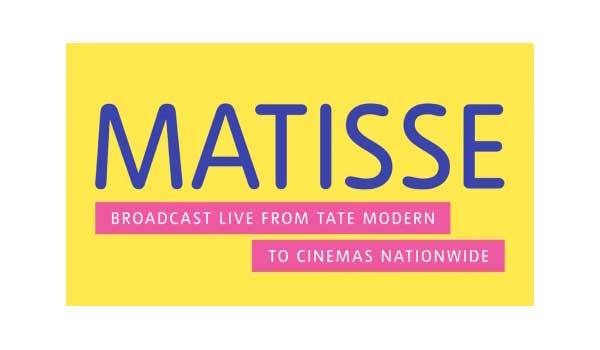
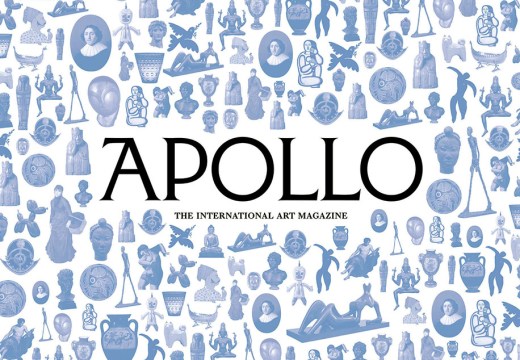
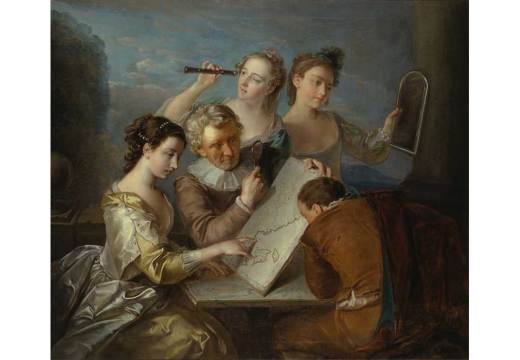
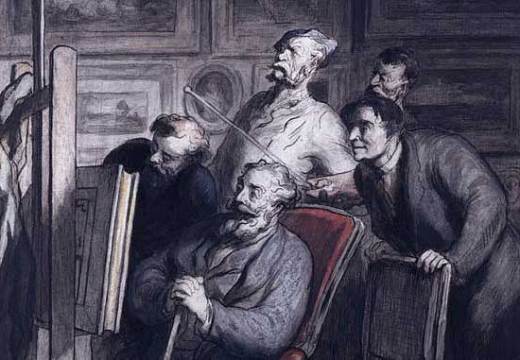








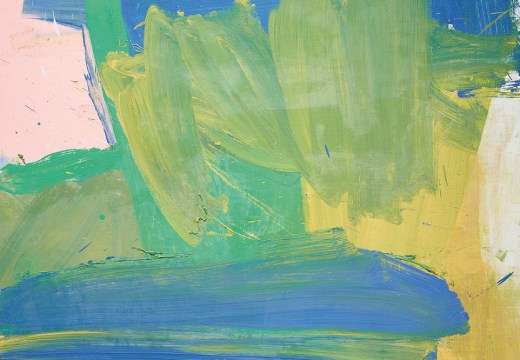
![Masterpiece [Re]discovery 2022. Photo: Ben Fisher Photography, courtesy of Masterpiece London](http://www.apollo-magazine.com/wp-content/uploads/2022/07/MPL2022_4263.jpg)
Why are fathers so absent from art history?